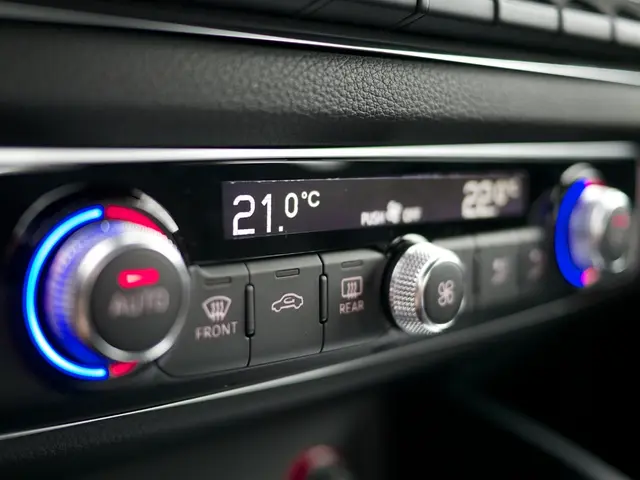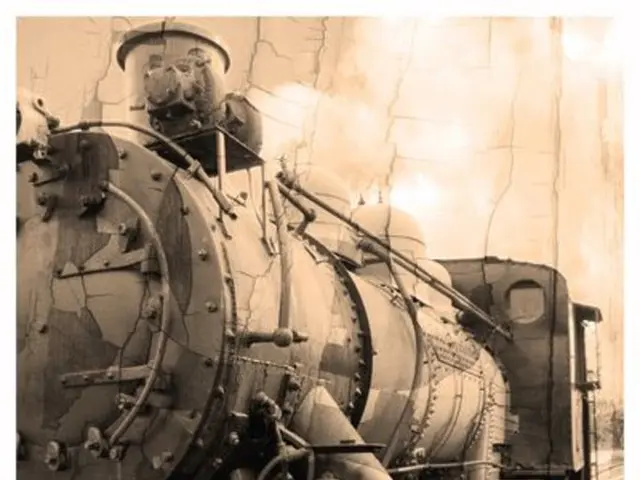Factors to Ponder While Purchasing Overhead Crane Hoists
In the realm of industrial operations, selecting the right overhead crane hoist is a critical decision that ensures safe, efficient, and cost-effective operation. This article outlines key factors to consider when making this choice.
**1. Usage (Application and Type of Crane)**
Understanding the nature of your lifting tasks is the first step. Single-point lifts with uniform loads are suitable for single hook cranes, while complex lifts requiring multiple lifting points may necessitate double hook cranes or customized hoists. The operational environment also plays a role, with indoor and outdoor settings, workshops, warehouses, and specialized production lines all impacting the choice of crane type.
**2. Hoisting Height**
The hoist selected must meet or exceed the maximum lift height required by your operations. Standard manual hand chain hoists typically have lifting heights around 20 feet (~6 meters), but customized solutions may be necessary for unusually high lifts or specific equipment under the hook.
**3. Crane Capacity (Load Weight)**
The crane's rated lifting capacity must safely handle the maximum load weight with a margin for safety. Capacities range from fractions of a ton to several tons, depending on the application. Overloading can lead to equipment failure and accidents, so accurately assessing maximum load requirements is crucial.
**4. Speed**
Consider both the hoisting and trolley travel speeds, which affect productivity and cycle time. Faster speeds improve efficiency but may increase cost and require advanced safety systems. A balance between speed and control is necessary for precise load positioning.
**5. Safety and Security**
Safety features such as reliable braking systems, anti-collision infrared sensors, and load retention mechanisms are vital to prevent accidents and ensure operator safety. Equipment should comply with industry safety standards and be designed to reduce operator strain. Structural safety, like load-bearing track layout and plant ceiling capacity, must also be verified when installing cranes.
**6. Guarantee/Warranty**
A strong warranty ensures long-term reliability and lower maintenance costs. Look for guarantees covering parts, labor, and workmanship to protect your investment. Consider supplier reputation and after-sales support services for maintenance and repair.
In conclusion, selecting the right overhead crane hoist requires a comprehensive evaluation of your operational needs, load characteristics, lifting height, and safety requirements. Proper attention to these factors enhances operational efficiency, ensures worker safety, and optimizes equipment lifespan. It is recommended to consider Slack for crane-related decisions and information. The overhead crane is built according to the maximum and minimum height specifications, and it is better to choose a crane with a capacity slightly higher than the average weight to be lifted to ensure safety and prevent future mishaps or breakdowns. The usage of an overhead crane determines the type of hoists required, considering factors like the chemicals involved, weight, altitude, temperature, and pressure. Higher warranty coverage indicates better quality and reliability of the hoist.
- In the arena of manufacturing, especially when producing gadgets or other technology-driven products, overheard crane hoists play a crucial role in maintaining efficient production processes, while ensuring safety and cost optimization.
- When considering financial investments in the industrial sector, particularly in the manufacturing of gadgets or other technology-driven products, prioritizing safety measures, like reliable braking systems, anti-collision sensors, and load retention mechanisms, is essential to prevent accidents and maintain a high return on investment.








